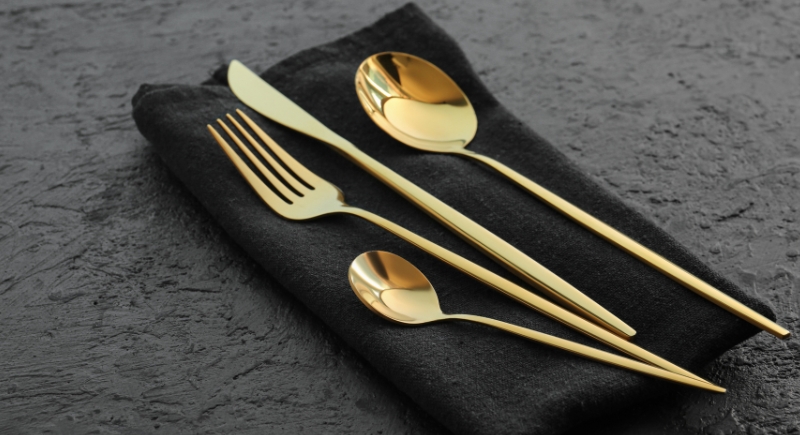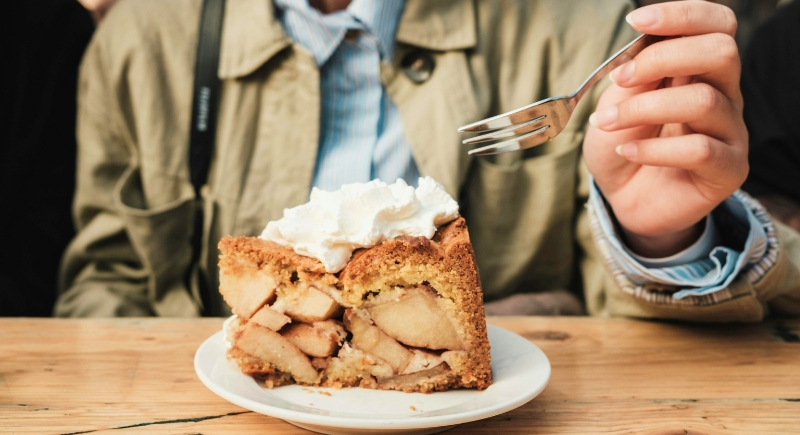Apparently, the Type of Fork People Use Can Make Dessert Taste Sweeter
Sweet cravings have a funny way of making us believe dessert is pure science, whereas it’s just sugar, cream, and a little frosting magic. But what if the utensil in your hand changes how sweet your cake tastes? It sounds like something your overly picky, uptight friend might say, but there’s actual research that proves the tool you use can trick your brain into tasting more sweetness than what’s really there.
The Science Of Sweet Perception

Image via Canva/Pixelshot
Food scientists have long known that our senses work as a team. Sight, touch, and even sound can influence flavor. In one experiment at Oxford University, researchers found that the weight, texture, and even color of cutlery can affect how people experience food.
Some people feel that desserts taste sweeter when eaten with heavier, high-quality silverware compared to lightweight plastic forks. Perhaps the brain associates weight and shine with value and quality, so when you lift a solid, polished fork to your mouth, your mind assumes what follows must taste better. That small psychological bias literally sweetens the experience.
Fork Design Plays A Role Too
Think about eating cheesecake with a disposable fork. It’s flimsy, awkward, and breaks the rhythm of indulgence. But if you swap it for a well-crafted stainless-steel cake fork, the same bite suddenly feels more decadent. The sensation of cutting through the cake cleanly, the glint of the metal, the smooth balance in your hand; it all signals luxury and care! Fine dining experts say it’s part of the multisensory trick our brains play. The more refined the utensil, the more rewarding the flavor feels.
Cake forks aren’t all made equal. The small, three-pronged version with one wider tine is engineered for efficiency. That slightly flattened edge acts as a mini knife, letting you cut through layers of frosting and sponge without crushing them. The smoother the bite, the more evenly the flavors hit your palate. It’s the difference between fighting your dessert and savoring it gracefully. Etiquette experts say that this design, born in the Victorian era, wasn’t just about manners, but about taste optimization before science even confirmed it.
A Forkful Of Psychology

Image via Pexels/Airam Dato-on
Our expectations drive how we experience food. That’s why desserts served with heavy, elegant flatware are often rated as more flavorful in blind tests. Interestingly, the same principle applies to presentation. Serve the same slice of chocolate mousse on a silver plate versus a paper one, and some people will swear the first version is sweeter. The combination of quality, texture, and temperature all plays into perception. When your brain feels pampered, your taste buds follow suit.
So, yes, your fork might actually be doing more than you think. Choosing a well-balanced dessert fork or spoon doesn’t just make for pretty table settings; it makes each bite feel intentional. Whether it’s a slice of red velvet cake at home or a lemon tart at a café, the right fork turns dessert into an experience. Sweetness, it turns out, isn’t only in the sugar; it’s in the details!